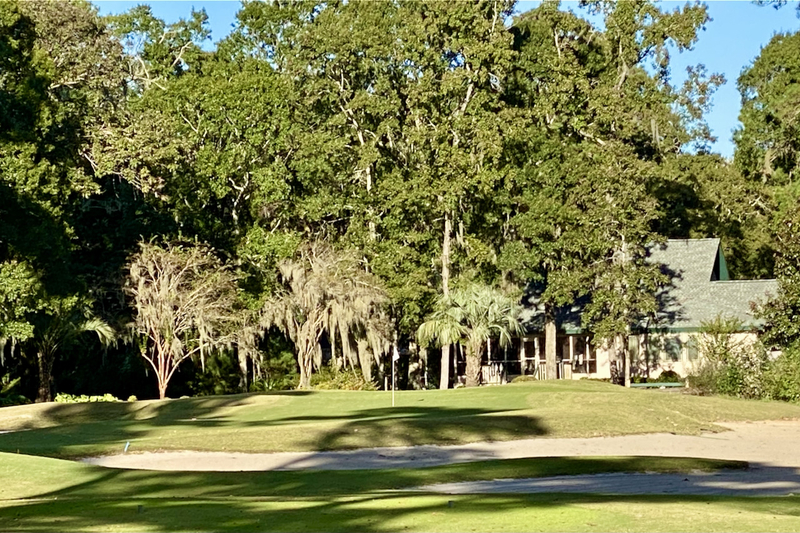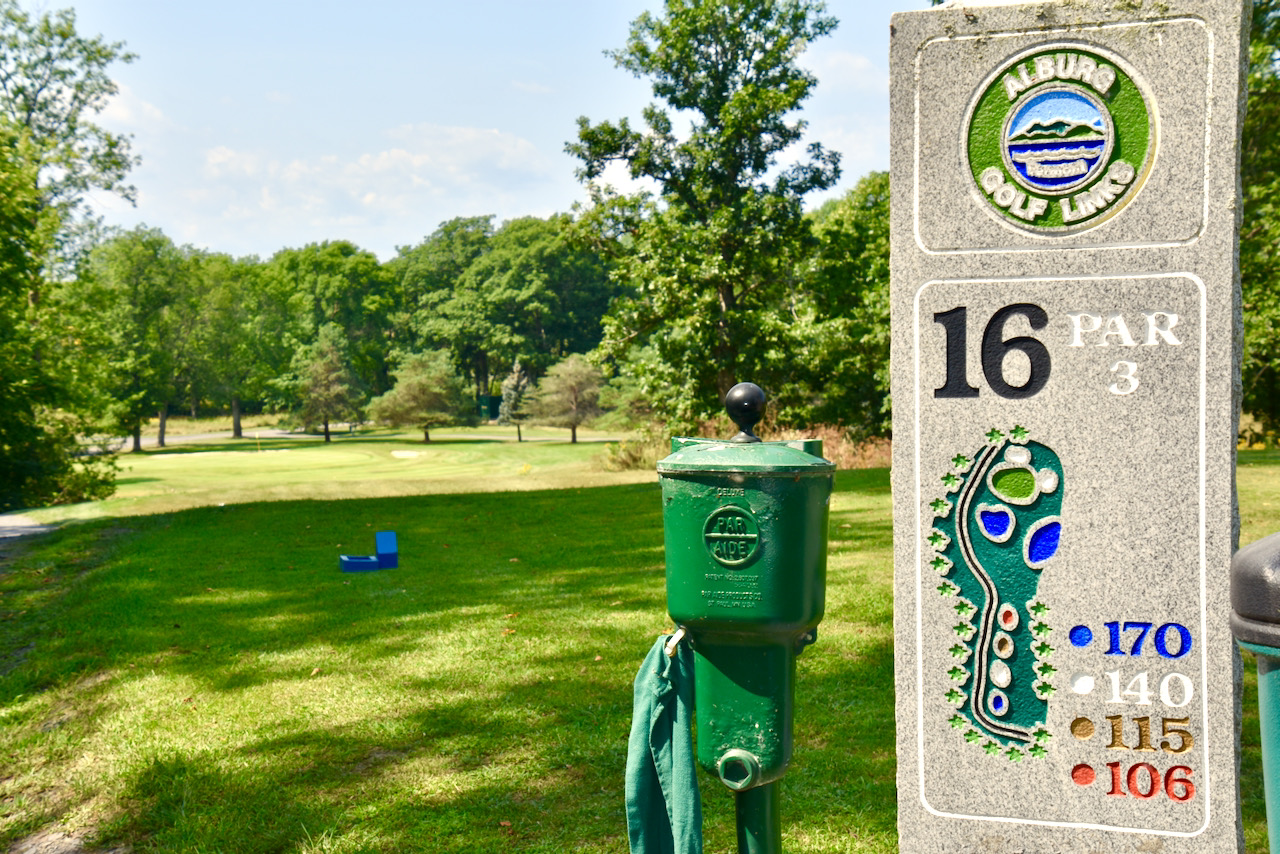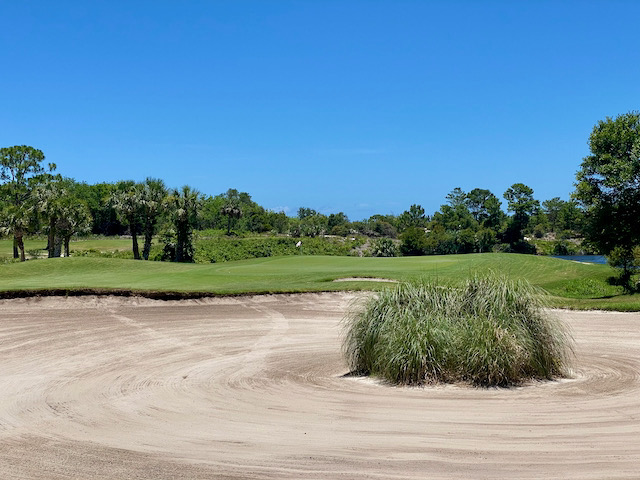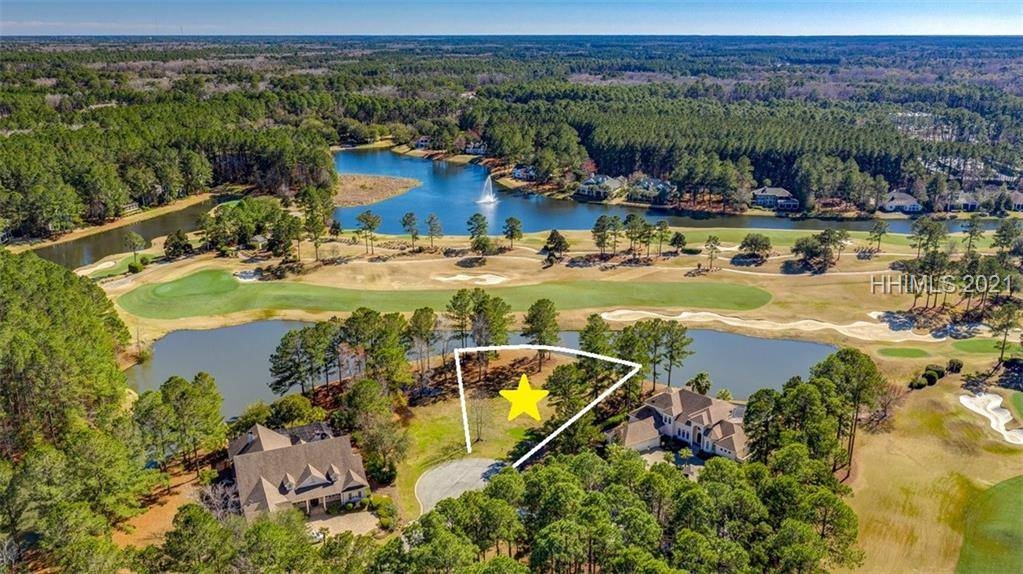After I reported here a few days ago about some people's dopey proclivities to wring every last dollar out of their homes [see "Life Imitates Art..." ], the Wall Street Journal's helpful columnist Jonathan Clements wrote a column today (Wednesday) that corroborates my own take. In the article titled "Dump This House: Unloading Your Property in a Slow Market, " Mr. Clements quotes financial adviser Bert Whitehead, author of "Why Smart People Do Stupid Things with Money."
"People focus on what their home was worth two years ago, or how much they've sunk into it...", said Mr. Whitehead. "If you really want to sell your house, you have to cut deep."
Mr. Whitehead is a nicer guy than I am. Recounting an animated conversation I had with my wife on the subject of unrealistic pricing of a home, I wrote here a week ago that "people who hold out for the last dollar in this real estate market are idiots."
Chris Mayer, director of Columbia's Millstein Center for Real Estate, piled on. "If you price your house like everybody else, it might take 10 months to sell it," he said in the Journal article, adding that, "The best scenario is that prices fall through the spring and then stabilize. But I'm more pessimistic than that. I would sell now."
Mr. Mayer too is a nicer guy than I am. I wrote here, with some emotion since I was arguing with my wife, that people who are able to sell now but don't "are losing buying power every month. They are sabotaging their dream [of moving south] by treating [a sale] as anything but a business transaction. THEY'RE IDIOTS."
Well, at least the Wall Street Journal agrees with me.
Note: The Journal article is available here. Access may require a subscription, but if you can't access a copy, just send me a note via the contact button above and I will forward one to you.























